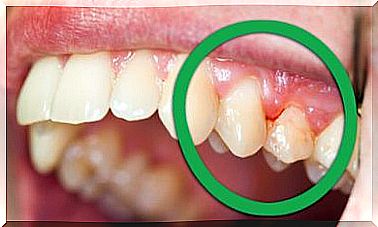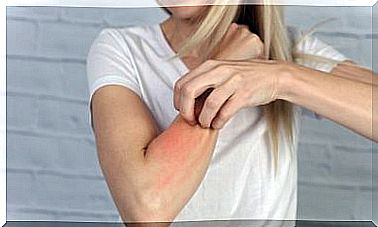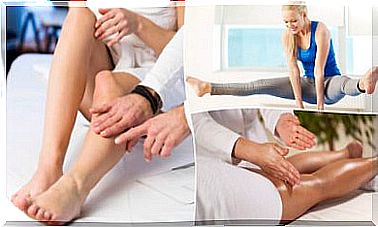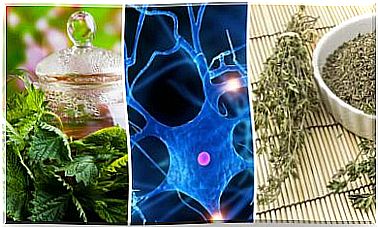Guillain-Barré Syndrome, Symptoms, Diagnosis And Treatment
Guillain-Barré syndrome is an autoimmune condition, it attacks the nerves themselves. Learn about the symptoms, diagnosis and medical treatment that today improves the quality of life in the face of this condition without cure
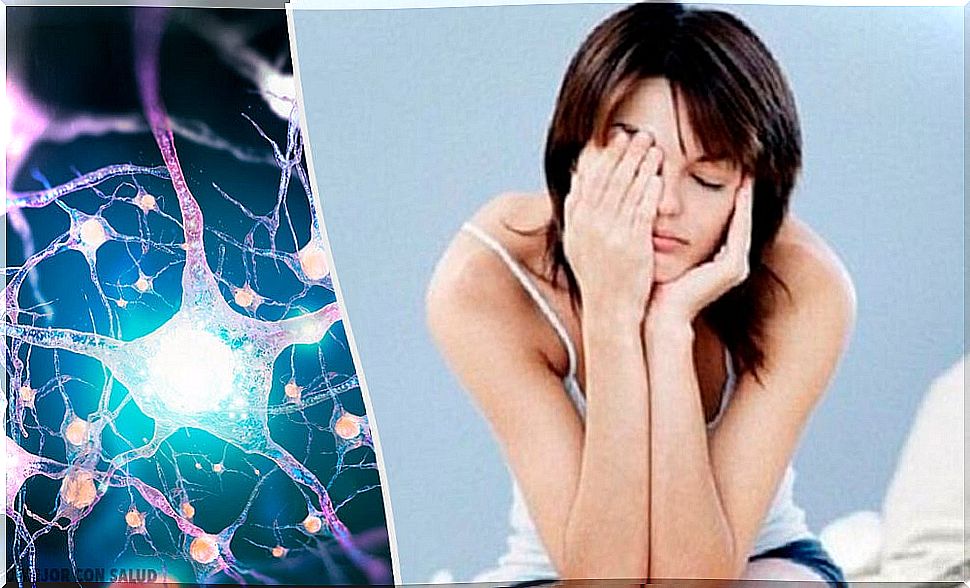
Guillain-Barré syndrome is a rare disorder that usually begins with muscle weakness and tingling in the extremities.
It is called, precisely, syndrome rather than disease because it is not clear that any specific pathogen is involved. A syndrome is a medical condition characterized by an accumulation of symptoms that the patient feels, and signs that the doctor observes.
This syndrome in particular is caused by nerve damage produced by the immune system itself. In other words, it is an autoimmune disorder that affects the nerves responsible for sending signals to the entire body.
Although its original cause is unknown, it is believed to be preceded by an infectious disease, such as a respiratory infection or viral gastroenteritis.
Guillain-Barré syndrome can affect people of all ages. However, it is more common in men and young adults.
Read also The immune system: our army against diseases
Guillain-Barré syndrome symptoms

Guillain-Barré syndrome usually begins with tingling and weakness in the feet and legs. Later it extends to the upper body and arms. As Guillain-Barré syndrome progresses, muscle weakness can progress to paralysis.
The signs and symptoms can be:
- Tingling or pricking sensation in the wrists, ankles, fingers, or toes
- Leg weakness that spreads to the upper body
- Unstable gait or difficulty walking
- Difficulty moving your eyes or facial muscles
- Severe, ongoing cramp-like pain that worsens at night
- Difficulty controlling bladder and bowel function
- Difficulty breathing
- Accelerated heart rate
- Low or high blood pressure
The time of maximum weakness, in people with Guillain-Barré syndrome, is usually two to four weeks after symptoms began.
About 8 weeks after the onset of the syndrome, the symptoms begin to subside. 30% of people usually suffer a relapse, years later.
Read also How to treat weakness and tiredness upon waking
Guillain-Barré syndrome diagnosis

The signs and symptoms of the syndrome can be varied. For this reason, on rare occasions, it can be difficult to diagnose Guillain-Barré Syndrome in its early stages.
Diagnosis is made through checking the symptoms. This is done through a physical examination of the patient, an interview, a review of their medical history, and other routine procedures.
Subsequently, the doctor requests a series of more exhaustive tests or studies to better assess the person’s health. In these cases, the neurological examination is very useful, through which the possible loss of reflexes is searched.
Guillain-Barré syndrome treatment
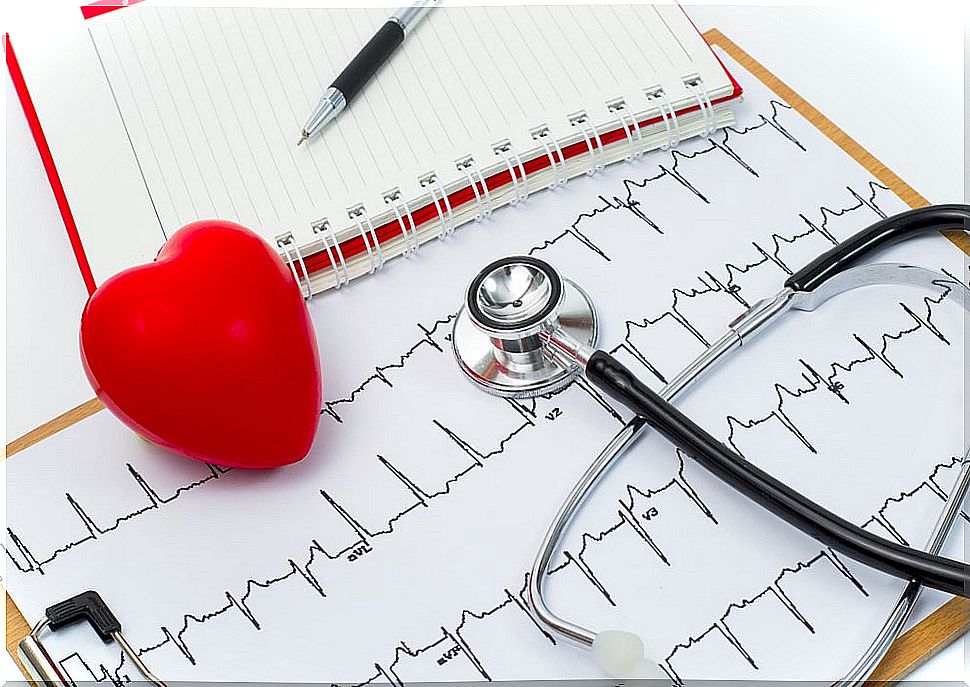
Guillain-Barré syndrome has no cure. However, there are treatments that can speed recovery and reduce the severity of the disease.
The first measure that is carried out is immediate hospitalization, since the rapid evolution of symptoms can affect the respiratory muscles and cause death.
Therefore, life support must include monitoring of the following aspects:
- Breathing.
- Cardiac activity: monitor for arrhythmias or other possible complications.
- Blood pressure: to control if there are pictures of hypertension or hypotension.
In addition, the treatment of Guillain-Barré syndrome is also based on the administration of immunoglobulins (antibodies). That is, healthy donor antibodies are injected into the patient to block harmful antibodies that could contribute to Guillain-Barré syndrome.
The patient with this syndrome is likely to be given medications to relieve pain, and to prevent blood clots.
In addition, they need physical help and physical therapy before and during recovery to help keep their muscles flexible and strong, and to strengthen them. In addition, adaptive device training is provided to stimulate mobility and self-care skills.
